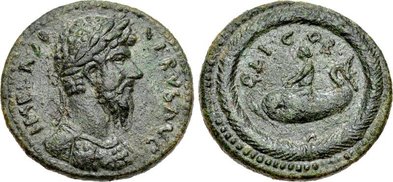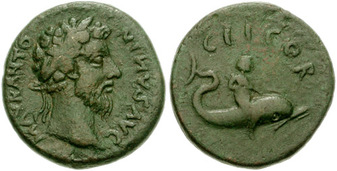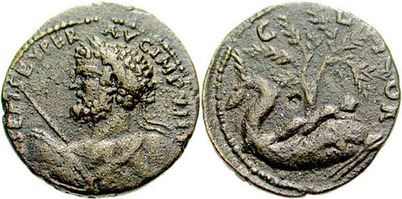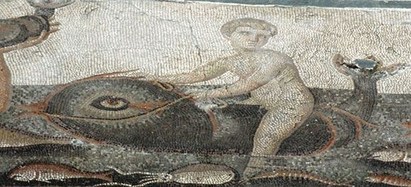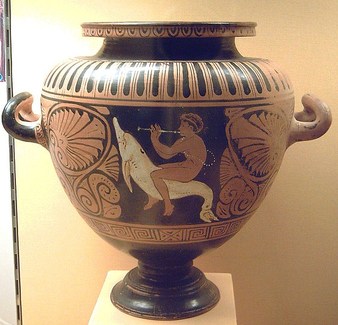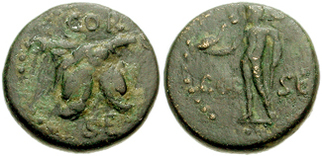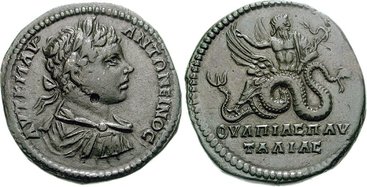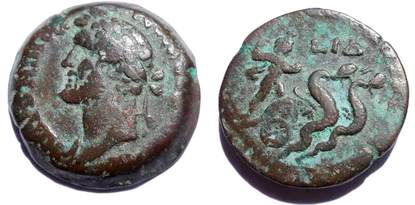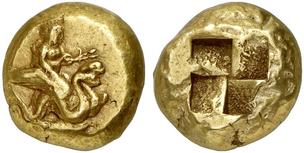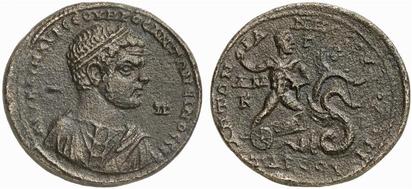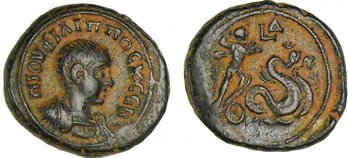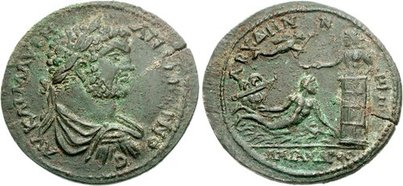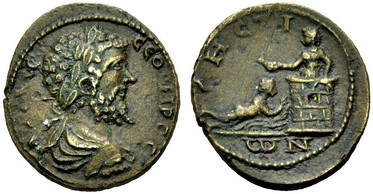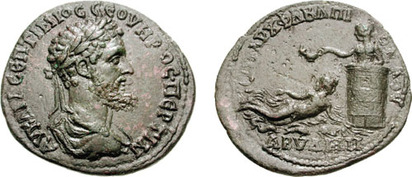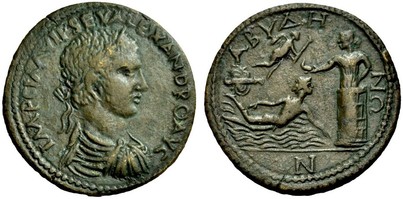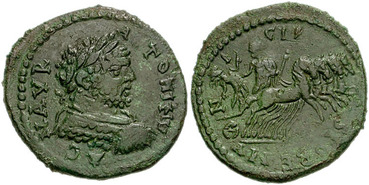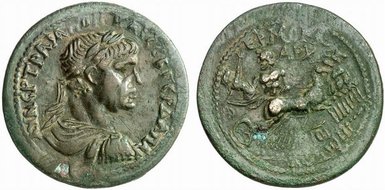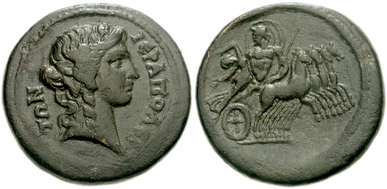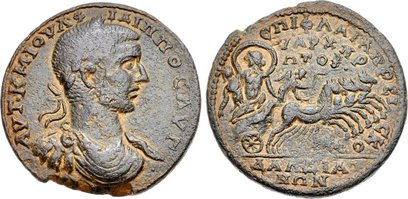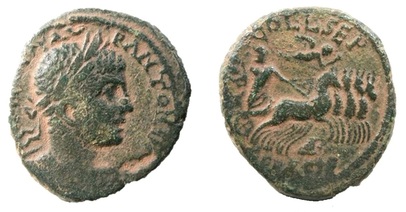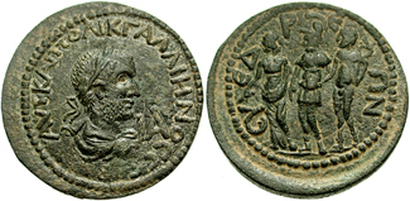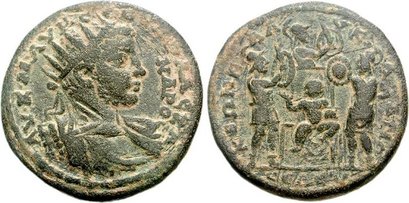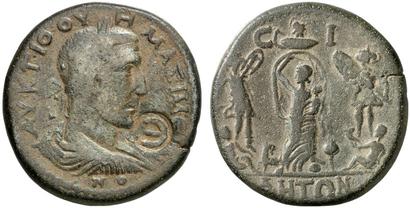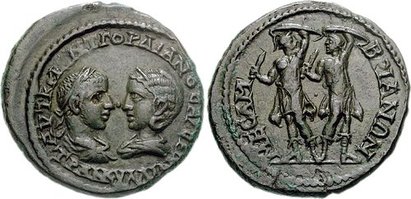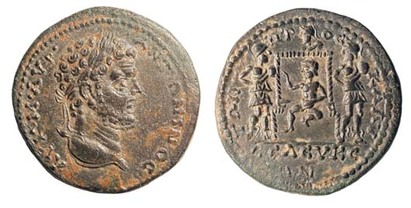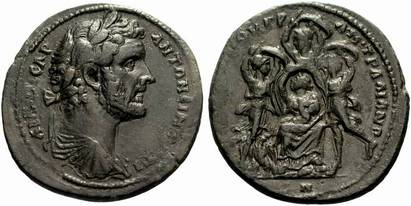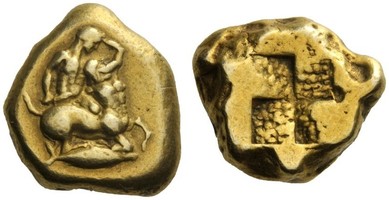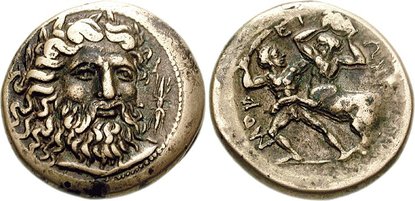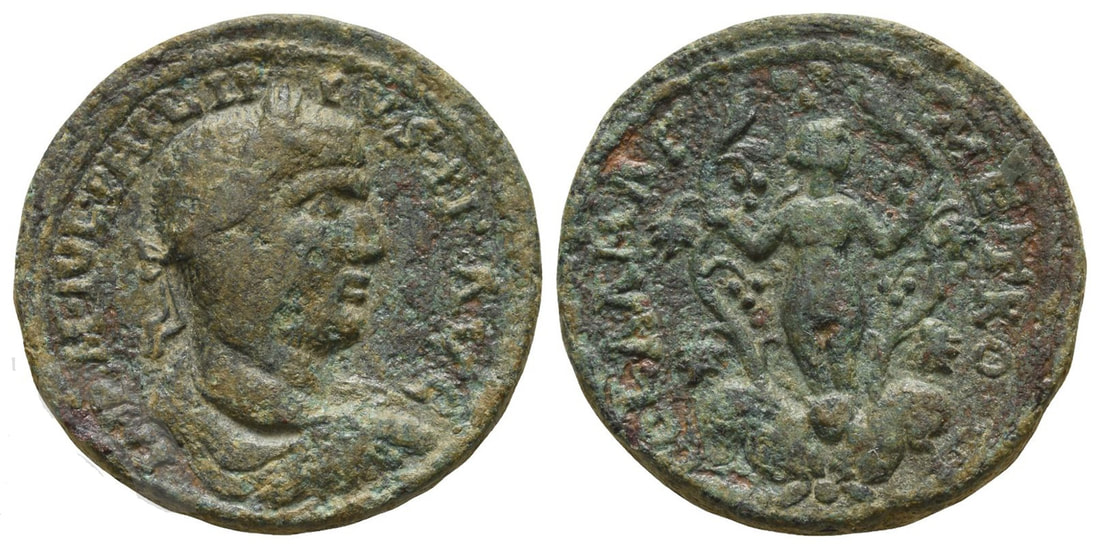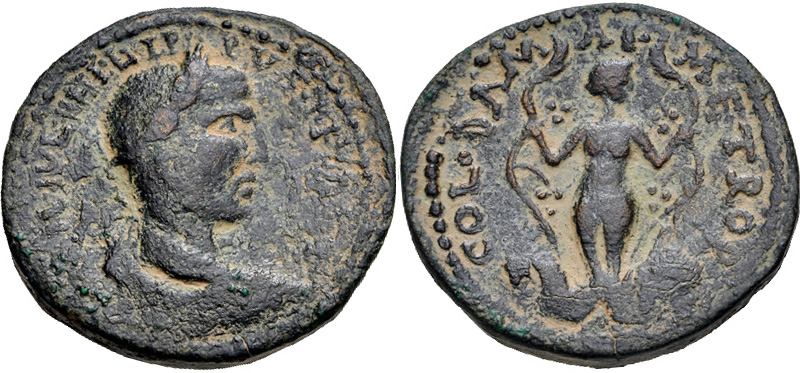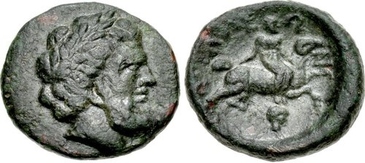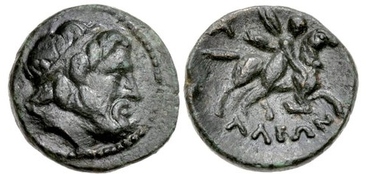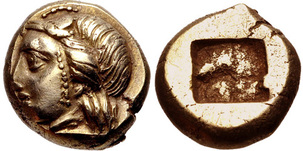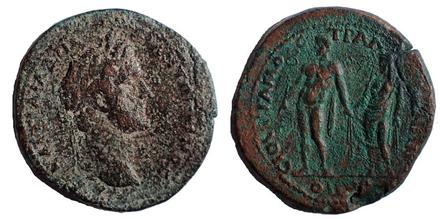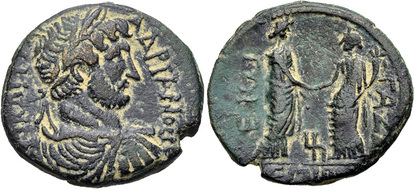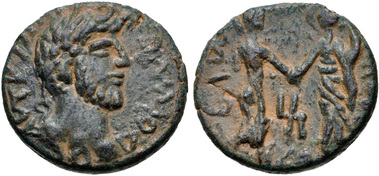Interesting Ancient Greek Myths
Melicertes Palaemon
Melicertes or Palaemon was a sea-god who came to the aid of sailors in distress. As a once mortal child, Melicertes’ parents incurred the wrath of Hera after fostering the young god Dionysos. As a result, Melicertes’ father was driven into a murderous rage and Melicertes fled with his mother, ultimately jumping off the cliffs and into the sea. The pair was transformed into sea-gods and received the names Palaemon and Leukothea. Palaemon is typically depicted in coins and mosaics as either a dolphin-riding boy, or a fish-tailed son of Triton.
|
Triptolemos
Triptolemos was part god and part mortal. He presides over the sowing of grain and seed. Triptolemos was instructed by the goddess Demeter in the art of agriculture and was given a winged chariot drawn by serpents in order to travel the world spreading seed.
|
|
Hero and Leander
Hero was a priestess of Aphrodite who lived in a tower in Sestos (on the Dardanelles). Leander was a young man from Abydos who lived on the opposite side of the strait. Leander fell in love with Hero and would swim every night across the Hellespont to be with her. Hero would light a lamp at the top of her tower to guide his way. However, one stormy night the waves tossed Leander in the sea and the breezes blew out Hero's light. Leander lost his way and drowned. When Hero saw his dead body, she threw herself over the edge of the tower to her death to be with him.
|
|
Rape of Persephone
Hades fell in love with Persephone, the daughter of Demeter, and asked Zeus for permission to marry her. Zeus feared to offend his eldest brother by a downright refusal, but knew also that Demeter would not forgive him if Persephone were committed to the underworld. Zeus therefore answered politically that he could neither give nor withhold his consent. This emboldened Hades to abduct Persephone, as she was picking flowers in a meadow, and carry her away in his horse-drawn chariot to the underworld.
|
|
Judgment of Ares
Ares slew Halirrhothios, son of Poseidon, for assaulting Ares' daughter, Alcippe. The site where Ares came before the gods for judgement, escorted by Dike (Justice) and the herald Hermes, became the Areopagus (Hill of Ares) in Athens, the location of the Athenian law courts. Ares was absolved of murder.
|
Kouretes
The Kouroi or Kouretes were Cretan guardians of the infant Zeus. According to Hesiod, when Gaia came to Crete and hid the infant Zeus, the Cretan Kouretes used their ritual clashing of spears and shields to drown out the cries of infant Zeus in order to prevent his discovery by Cronus.
|
|
